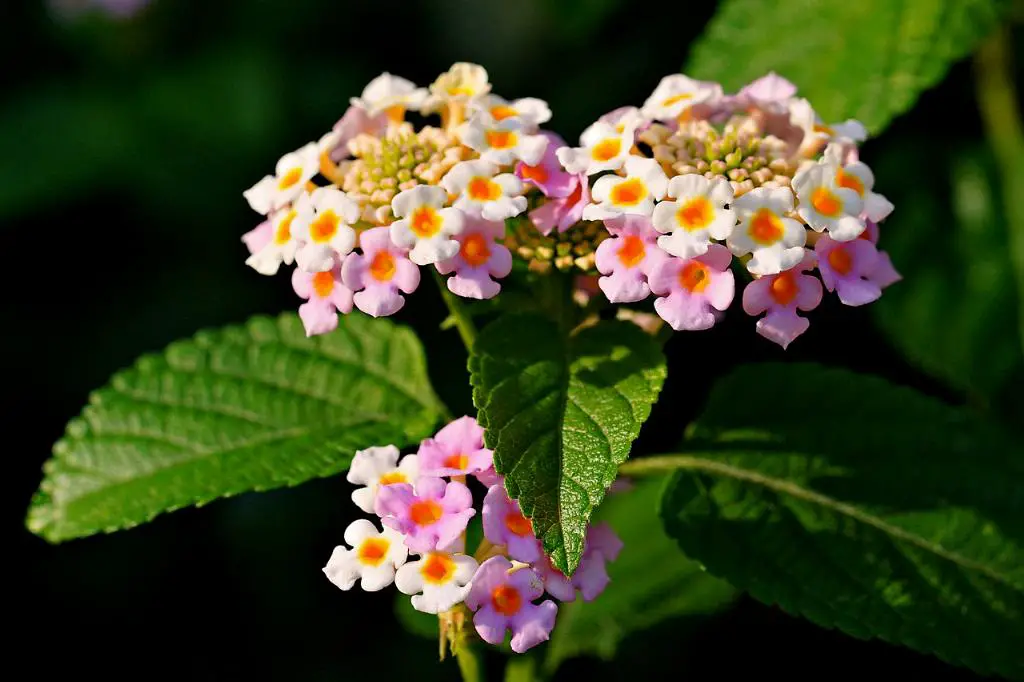Lantanas are beautiful flowering plants that can add vibrant colors and attract pollinators to your garden or landscape. If you’re looking to enhance your outdoor space with these lovely flowers, it’s essential to know the proper steps for planting them to ensure they thrive and flourish.
Lantanas are widely loved for their bright clusters of small, colorful flowers that bloom in a variety of shades. They are perfect for gardens or landscapes to add a pop of color and bring in butterflies and hummingbirds. Planting lantanas in the right way is crucial for their healthy growth and abundant blooms.
Choosing the Right Location
When planting lantanas, it’s important to select a location that receives full sunlight. Lantanas thrive in sunny conditions and require at least 6-8 hours of direct sunlight per day to bloom profusely. Ensure the soil in the chosen area is well-draining to prevent waterlogging, as lantanas do not tolerate standing water.
Optimal soil conditions for lantanas include well-drained, slightly acidic soil with good fertility. Amending the soil with organic matter like compost can help improve soil structure and provide essential nutrients for healthy plant growth.
Preparing for Planting
Before planting lantanas, make sure to choose healthy plants from reputable nurseries or garden centers. Look for plants with lush green foliage and no signs of pests or diseases. You will also need essential tools like a trowel, gardening gloves, and a watering can or hose for the planting process.
When digging the hole for planting, ensure it is twice as wide as the root ball of the lantana plant. Space multiple lantana plants at least 18-24 inches apart to allow for proper air circulation and growth. Adequate spacing is essential for preventing overcrowding and promoting healthy development.
Planting Process
After selecting the right location and preparing the planting area, it’s time to plant your lantana. Carefully remove the plant from its nursery container, gently tease out the roots if pot-bound, and place the plant in the hole with the top of the root ball level with the surrounding soil.
Backfill the hole with soil, gently tamp down to remove air pockets, and water the newly planted lantana thoroughly. Keep the plant well-watered, especially during the establishment period, to promote root development and overall growth.
Post-Planting Care
After planting your lantana, it’s essential to provide proper care to ensure its health and vitality. Consider mulching around the base of the plant to retain moisture, regulate soil temperature, and suppress weed growth.
Establish a fertilizing schedule using a balanced fertilizer to provide essential nutrients for robust growth and abundant blooms. Prune your lantana as needed to shape the plant, remove dead or damaged branches, and encourage new growth. Inspect the plant regularly for pests and diseases, and take necessary measures to protect your lantana from potential threats.

Conclusion
In conclusion, planting lantanas can be a rewarding experience when done correctly. By following the outlined steps for choosing the right location, preparing for planting, executing the planting process, and providing post-planting care, you can ensure the success of your lantana garden. Remember to enjoy the beauty of your lantanas and the pollinators they attract while caring for these versatile and stunning plants.
